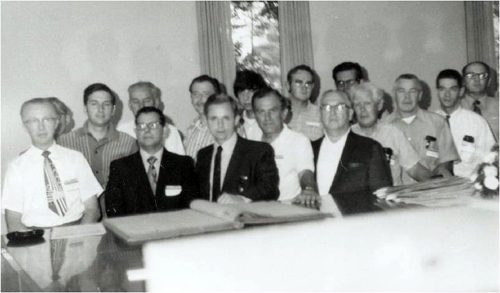SABR’s Founding Members: The Cooperstown 16
Participants at SABR’s organizational meeting on August 10, 1971, at the National Baseball Library in Cooperstown, New York. Back row, from left: Neil Campbell (visitor), Bill Haber, Keith Sutton, Dan Dischley, Dan Ginsburg, Tom Hufford, Ray Nemec; front row: Cliff Kachline, Ray Gonzalez, Bill Gustafson, Joe Simenic, Paul Frisz, Tom Shea, Bob McConnell, John Pardon, Bob Davids. (Pat McDonough is the only founding member not pictured above.)
In the spring of 1971, L. Robert “Bob” Davids of Washington, D.C, sent a letter to about 40 people whom he knew to be interested in baseball history and statistical research — or, as he called them, “statistorians.”
As Davids wrote, “There may be many more than 25 or 30 baseball statistorians around the country. We don’t really know, but I thought some effort should be made to organize this ‘motley crew’ into a more formal group.” (Read Davids’ original letter of March 19, 1971, in full here.)
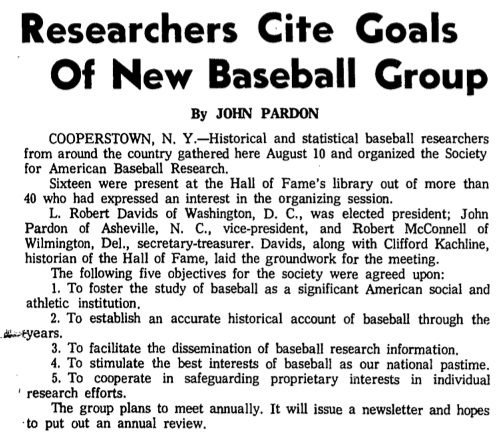 Davids had contributed many freelance articles to the The Sporting News since 1951, and collected the names of others who had written for the publication over the years. When TSN discontinued statistical-history articles in the mid-1960s, Davids sought another outlet for his avocations and launched a four-page newsletter called “Baseball Briefs.” Subscribers’ response to the publication spawned the idea of forming an organization of researchers. Davids sent out two more letters that summer to organize the initial meeting. (Read his April 16 and June 28 letters here.)
Davids had contributed many freelance articles to the The Sporting News since 1951, and collected the names of others who had written for the publication over the years. When TSN discontinued statistical-history articles in the mid-1960s, Davids sought another outlet for his avocations and launched a four-page newsletter called “Baseball Briefs.” Subscribers’ response to the publication spawned the idea of forming an organization of researchers. Davids sent out two more letters that summer to organize the initial meeting. (Read his April 16 and June 28 letters here.)
Fifteen people took Davids up on his offer to meet on August 10 at the National Baseball Hall of Fame in Cooperstown, New York. In addition to Davids, the group included Bob McConnell, Cliff Kachline, John Pardon, Bill Gustafson, Tom Hufford, Paul Frisz, Joseph Simenic, Ray Nemec, Raymond Gonzalez, Keith Sutton, William Haber, Thomas Shea, Dan Dischley, Dan Ginsburg and Pat McDonough.
Kachline, the Hall of Fame’s historian, suggested the location and date — just days after the 1971 Hall of Fame induction ceremony was held in Cooperstown.
At that initial meeting, the “Cooperstown 16” established the Society for American Baseball Research with these objectives:
- To foster the study of baseball as a significant American social and athletic institution
- To establish an accurate historical account of baseball through the years
- To facilitate the dissemination of baseball research information
- To stimulate the best interests of baseball as our national pastime
- To cooperate in safeguarding the proprietary interests of individual research efforts of members of the Society.
Those original objectives remain SABR’s mission today. (Read Davids’ prepared agenda for SABR’s August 10, 1971, meeting.) Officers were also elected — Davids as President, Pardon as Vice-President and McConnell as Secretary-Treasurer, which was split up into separate roles three years later. Dues were established at $10 per year. Several names were tossed around before Gustafson’s suggestion of Society for American Baseball Research stuck. (Listen to Gustafson talk about choosing the name.) In SABR Bulletin No. 1, Davids wrote:
“Discussion of a name for the organization centered around geographic coverage, a possible acronym, and a means of covering both the historical and statistical aspects of the group without a long title. It was generally agreed that the word research accomplished the latter. In regard to geographic scope, it was stated that American was broader than national. Society was preferred over association. Efforts to come up with a name resulting in a baseball acronym like RBI or something similar proved fruitless. Consequently, we became the Society for American Baseball Research.
Here is a brief profile of each of SABR’s 16 founding members — the “Cooperstown 16”:
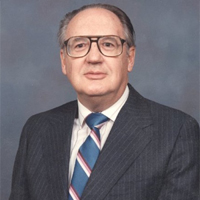
1. L. Robert “Bob” Davids (1926-2002)
After founding SABR in 1971, Bob ran the organization out of his northwest Washington, D.C., home for 10 years, preparing and mailing the SABR Bulletin newsletter and Baseball Research Journal. In 1985, Bill James dedicated his landmark Historical Baseball Abstract to “the man who has done more for baseball research than anyone else living — L. Robert Davids.” His personal research interests were reflected in his SABR published books: Great Hitting Pitchers, This Date in Baseball History, and the three-volume Minor League Baseball Stars. He also edited a commercially published anthology of SABR writings, Insiders’ Baseball, for Scribners. He was the primary editor for most SABR publications in the Society’s early years. While working in a 30-year career for the United States government, mostly at the Pentagon and the Atomic Energy Commission, Bob wrote many articles for The Sporting News from 1951-65. He also published many articles on Congressional history in Roll Call, the Capitol Hill publication. He retired from federal service in 1981. SABR established an award in his name in 1985 as the Society’s highest honor and its first regional chapter, serving the Washington-Baltimore area, was named for him in 1986.
- BioProject: Read David Vincent’s profile of SABR founder Bob Davids at the Baseball Biography Project
- Photo gallery: View photos from Bob Davids’ life and career
- Read more: Bob Davids was a recipient of the SABR Salute in 1981
- Related link: Read more of Bob Davids’ early Baseball Research Journal articles
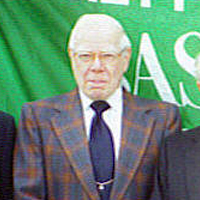 2. Robert “Bob” McConnell (1925-2012)
2. Robert “Bob” McConnell (1925-2012)
Bob took over the SABR Home Run Log after John Tattersall’s death in 1981 and served as co-editor of The Home Run Encyclopedia in 1996. He was the first recipient of the Bob Davids Award, SABR’s highest honor, in 1985. He was the author of Going For The Fences: The Minor League Home Run Record Book and has written several articles for the Baseball Research Journal. A longtime power plant engineer with Delmarva Power & Light Company, he lived in Wilmington, Delaware, for more than 55 years and was an active member of the Philadelphia and Washington-Baltimore regional chapters.
- In Memoriam: Bob McConnell, 1925-2012
- YouTube: Bob McConnell talks about his role as a founding member of SABR (interview by Jacob Pomrenke, July 8, 2011)
- BioProject: Read Peter Morris’ profile of Bob McConnell at the Baseball Biography Project
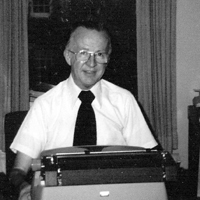 3. Cliff Kachline (1921-2010)
3. Cliff Kachline (1921-2010)
Cliff was a writer and editor at The Sporting News, the longtime historian of the National Baseball Hall of Fame and SABR’s first Executive Director. He was selected as a Henry Chadwick Award winner in 2011. It was Cliff who suggested that SABR’s first meeting, organized by Bob Davids, be held in Cooperstown on the Tuesday after Induction Day, when crowds were lighter. While at the Hall of Fame, he worked tirelessly with major league teams to secure archives and records that otherwise would have been thrown out. He was a stickler for the exactness of baseball records, and doggedly worked to get records corrected, from Rube Waddell’s 1904 strikeout total to Hack Wilson’s 1930 RBI figure. During his tenure at TSN, he researched and wrote most of the material appearing in the annual Official Baseball Guide. Before that time, he was a writer and editor at the Bethlehem Globe-Times and the North Penn Reporter.
- Audio: Listen to our 1996 SABR Oral History interview with Cliff Kachline, by Gene Carney
- Read more: Click here for Mark Armour’s profile of Cliff Kachline in the Spring 2011 Baseball Research Journal
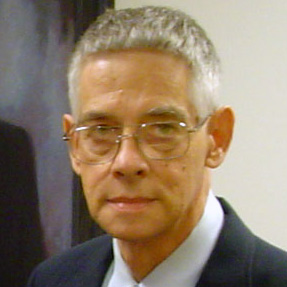
4. John Pardon (1938-2008)
A longtime researcher on the minor leagues, John was the recipient of the Bob Davids Award in 1998. With assistance from Jerry Jackson, he put together an 80-page publication called The Cities of Professional Baseball in 1972. He served as SABR’s vice-president, secretary and director, chaired the Minor Leagues Committee, and was active in the Ballparks, Biographical Research, Business of Baseball, Latin American and Nineteenth Century committees. He was a longtime member of the Casey Stengel Chapter. A former sports writer in Ossining, New York, and Asheville, North Carolina, he retired from the Department of Veterans Affairs.
- BioProject: Read Tom Zocco’s profile of John Pardon at the Baseball Biography Project
- Read more: John Pardon was a recipient of the SABR Salute in 1997
- Read more: “The Perfect Pitching Season”, by John F. Pardon (BRJ 6, 1977)
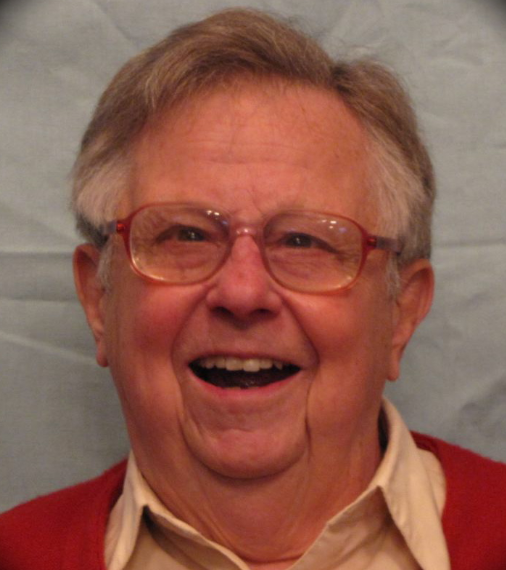 5. Bill Gustafson (1926-2016)
5. Bill Gustafson (1926-2016)
Bill, who was credited with suggesting the name Society for American Baseball Research, retired after 32 years in the Department of Human Performance (“and a sometimes dean”) at San Jose State University, where he specialized in teaching the mechanical aspects of human performance. His expertise was pre-World War II baseball and he was a longtime member of the Lefty O’Doul Chapter. He held the office of SABR vice-president in 1979. His research interests have been biographies, oral histories and ballparks, and he said he was most proud of helping to foster a collegial atmosphere within SABR. He spent three years in the Pacific during World War II serving in the Navy.
- In Memoriam: Bill Gustafson, 1926-2016
- Read more: “Locating the Old-Time Players”, by William F. Gustafson (BRJ 2, 1973)
- Audio interview: Bill Gustafson talks about how he suggested the name “Society for American Baseball Research” (interview by Jacob Pomrenke, August 8, 2011)
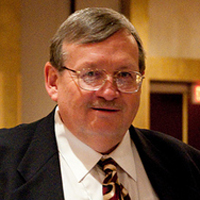 6. Tom Hufford (b. 1949)
6. Tom Hufford (b. 1949)
Tom was a college student at Virginia Tech when he joined SABR at its first meeting in 1971. He was the organization’s secretary in 1976 and was elected to the Board of Directors in 2004. Tom has a degree in architecture and urban planning, and spent 30 years in that field. He served as president of the Braves 400 Club (booster club) in 1991-92 and was a consultant to the Atlanta Braves during the design of Turner Field. His primary research interests are biographical research, the minor leagues, Latin American baseball, umpires, coaches, the Appalachian League and the Atlanta Braves.
- YouTube: Tom Hufford talks about his role as a founding member of SABR (interview by Jacob Pomrenke, July 8, 2011)
- Read more: “What Happens With College All-America Selections?”, by Tom Hufford (BRJ 11, 1982)
- Related link: Read more of Tom Hufford’s early Baseball Research Journal articles
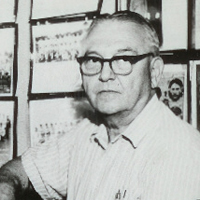 7. Paul Frisz (1907-1990)
7. Paul Frisz (1907-1990)
The owner of a large collection of baseball memorabilia and reference material — including hundreds of Spalding, Reach, Spink and DeWitt baseball guides; several decades of original editions of The Sporting News, Baseball Magazine and Baseball Digest; and many World Series programs — Paul was a longtime hotel owner and manager in Terre Haute, Indiana. In the 1950s, he was majority owner, president and general manager of the Terre Haute Huts of the Three-I League, a Detroit Tigers affiliate. He contributed to the Macmillan Baseball Encyclopedia and served as SABR’s vice-president in 1972-73.
- Read more: “Mordecai Peter Centennial Brown”, by Paul C. Frisz (BRJ 6, 1976)
- Read more: “Baseball Historian Caught Ike In A Lie”, by Bill Madden (The Sporting News, May 19, 1979)
- Audio: Listen to a three-part 1972 interview with Paul Frisz, by author Eugene Murdock (Courtesy of Cleveland Public Library)
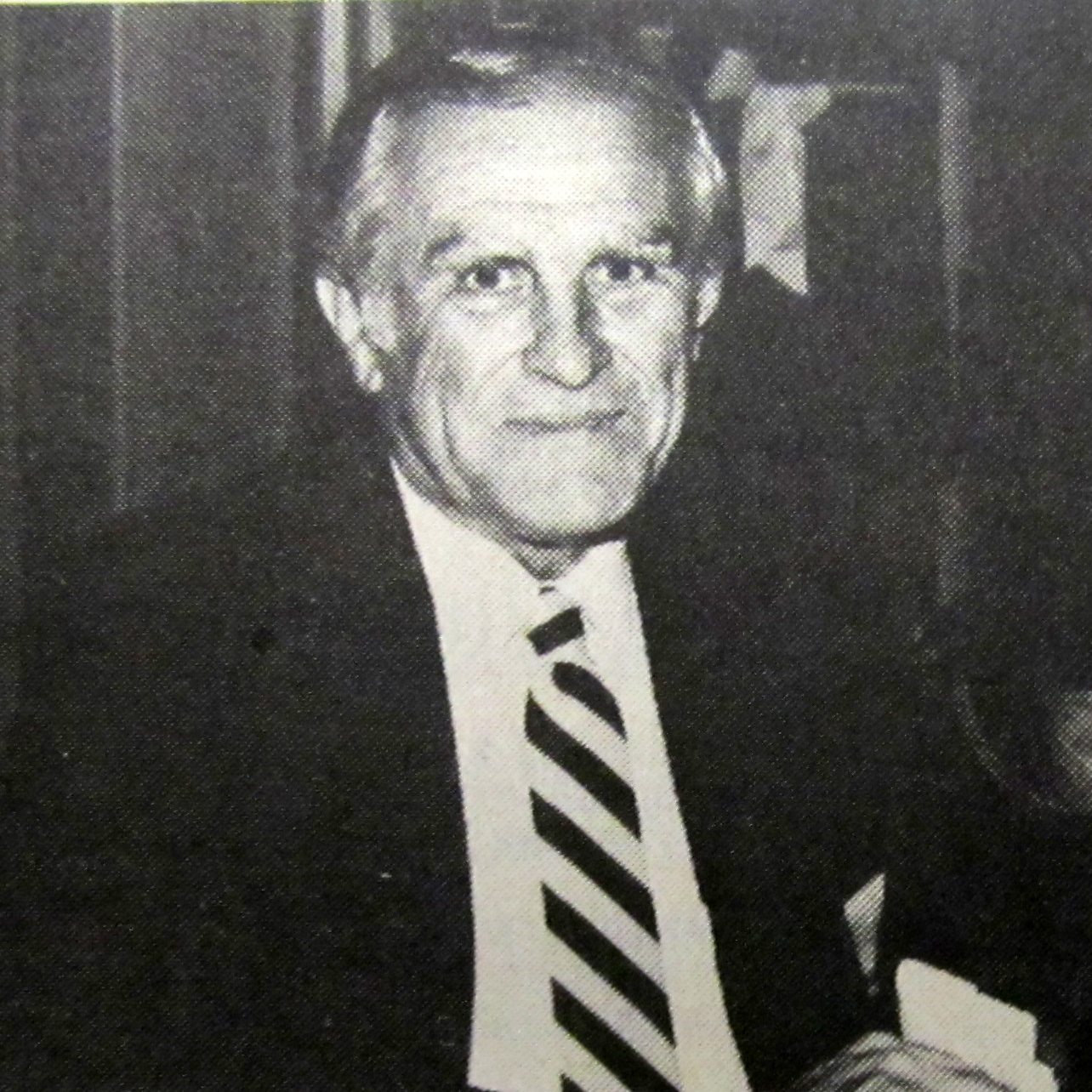 8. Joe Simenic (1923-2015)
8. Joe Simenic (1923-2015)
Born in Kostanjevac, Yugoslavia, Joe’s expertise was in biographical research and Cleveland Indians history. Before co-founding SABR, he spent more than two decades working with National Baseball Hall of Fame Historian Lee Allen in researching and obtaining player questionnaires. He served as SABR vice-president in 1973 and Biographical Research Committee chairman in 1983-84. Joe was co-author of The Cleveland Indians Encyclopedia and contributed to SABR’s 1997 publication All-Star Baseball in Cleveland. He was a retired secretary to the publisher and editor of The Plain Dealer newspaper.
- In Memoriam: Joe Simenic, 1923-2015
- Audio interview: Joe Simenic talks about his role as a founding member of SABR (interview by Jacob Pomrenke, August 3, 2011)
- BioProject: Read Peter Morris’ profile of Joe Simenic at the Baseball Biography Project
- Read more: “The Man With the Peculiar Name”, by Joseph E. Simenic (BRJ 1, 1972)
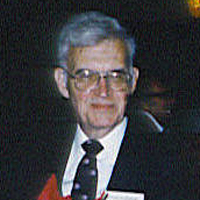 9. Ray Nemec (1929-2015)
9. Ray Nemec (1929-2015)
The first chairman of SABR’s Minor Leagues Research Committee, Ray was a pioneer in compiling and correcting the lifetime records of professional players at all levels. Hall of Fame historian Lee Allen called him “the foremost authority on minor league players.” Ray was instrumental in the 1978 publication of SABR’s Minor League Stars, the first comprehensive listing of career records for minor league players, and his work has appeared many times in The Sporting News and other publications. He enjoyed compiling statistics for minor or independent leagues that never included their information in the annual Spalding or Reach baseball guides that served as the official league record books for most of the 20th century. He retired after a 45-year career with Corn Products Co. International.
- In Memoriam: Ray Nemec, 1929-2015
- Audio interview: Ray Nemec talks about his role in the founding of SABR (interview by Jacob Pomrenke, August 4, 2011)
- Henry Chadwick Award: Click here to read Mark Armour’s profile of Nemec in the Fall 2012 Baseball Research Journal
- Read more: Ray Nemec was a recipient of the SABR Salute in 1988
- Read more: “The Performance and Personality of Perry Werden”, by Raymond J. Nemec (BRJ 6, 1977)
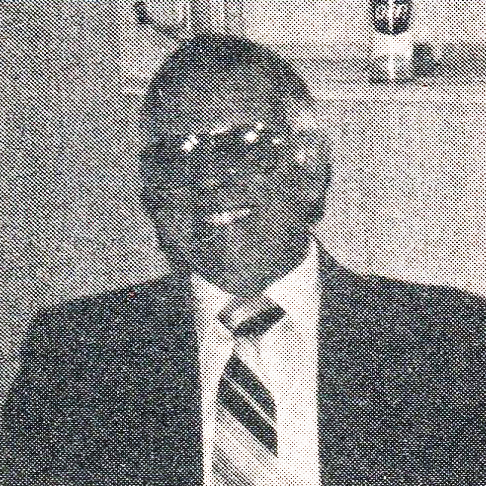 10. Raymond Gonzalez (1919-2009)
10. Raymond Gonzalez (1919-2009)
Born in Havana, Cuba, Ray was a baseball player, umpire and scorekeeper at various times, but his real love was records and analysis. He reportedly had a record of every Yankees game, as well as home run records, triple plays, shutouts, and thousands of other statistics. An accountant by trade, Ray settled in Queens, New York. He was a longtime member of the Baseball Records Research Committee and served as SABR’s Treasurer from 1975-77. Ray once said he always believed he “was born with little baseballs running through my veins.” He and his wife Aieida emigrated to New York City in 1954. He worked at Joshua B. Powers, Inc., an advertising company where he later became comptroller. After that company went out of business in the late 1970s, he was an accountant at a New York hospital for seven years before retiring to Hialeah, Florida.
- Read more: Ray Gonzalez was a recipient of the SABR Salute in 1988
- Related links: Gonzalez wrote several BRJ articles dealing with Lou Gehrig, probably his favorite player. They included Lou’s 23 grand slams, his 15 steals of home, his replacements during his 14-year consecutive game streak, and a review of his 1925-34 one-two punch with Babe Ruth.
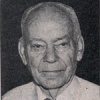 11. Keith Sutton (1909-1993)
11. Keith Sutton (1909-1993)
An expert on Christy Mathewson’s early baseball career, Keith wrote many baseball articles for The Sporting News from 1950-75 and continued writing for the Baseball Research Journal thereafter. He was a sports writer and editor for the Wayne Independent newspaper in Pennsylvania and, in 1973, he published the 260-page Wayne County Sports History. Two of his many research interests were hitting pitchers (good and bad) and no-hitters that were broken up in the ninth inning. He was a longtime resident of Honesdale, Pennsylvania.
- Read more: Keith Sutton was a recipient of the SABR Salute in 1988
- Read more: “With Two Out in the Ninth — The Almost No-Hitters”, by Keith Sutton (BRJ 12, 1983). Related link: SABR member Stew Thornley has continued Keith’s research on this subject with an updated list of late lost no-hitters since 1961.
- Related link: Read more of Keith Sutton’s early Baseball Research Journal articles
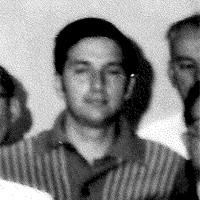 12. Bill Haber (1942-1995)
12. Bill Haber (1942-1995)
Considered one of baseball’s greatest biographical researchers, Bill spent much of his time tracking down obscure ballplayers from the 19th and early 20th centuries whose deaths had gone unrecorded by the Baseball Encyclopedia or the National Baseball Hall of Fame. Working from his home in Brooklyn, he located the identities of more than 300 players whose fates were previously unknown. Bill Madden of the New York Daily News once wrote, “In terms of sleuthing, Dick Tracy, Magnum and Jim Rockford had nothing on Haber.” He was a longtime sports statistician and editor for Topps Chewing Gum Inc.
- Read more: “SABR’s Sherlock Holmes”, by Cappy Gagnon (BRJ 27, 1998)
- Read more: “A Favorite Paige of Mine”, by Bill Haber (BRJ 6, 1977)
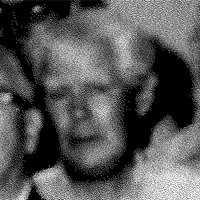 13. Thomas Shea (1904-1995)
13. Thomas Shea (1904-1995)
Long before he became a founding member of SABR, Tom was one of baseball’s top biographical researchers, supplying much of the content for the Turkin and Thompson Official Encyclopedia of Baseball in 1951 (despite striking out in his early proposal to create a baseball reference encyclopedia back in 1939). He worked as a traveling salesman for the Macmillan Publishing Company and took notes on scraps of paper from local libraries across the country. Members of SABR’s Biographical Research Committee turned to Tom for many years with requests for clues on long-dead major leaguers.
- Read more: Tom Shea was a recipient of the SABR Salute in 1990
- Read more: “Thomas Shea: Baseball’s Greatest Biographical Researcher”, by Dick Thompson (TNP, 1998)
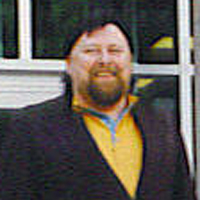 14. Dan Dischley (1944-2019)
14. Dan Dischley (1944-2019)
A native of Poughkeepsie, New York, Dan was a police detective in Lake Ronkonkoma, New York, when he joined SABR as a founding member in order to help correct baseball’s many records. He was a longtime member of the Biographical Research Committee and his expertise is the history of the Cincinnati Reds. He published a baseball memorabilia magazine, The Trader Speaks, for more than 15 years and worked security during the 1969 and 1973 World Series. After his retirement, he became a professional poker and billiards player.
- In Memoriam: Dan Dischley, 1944-2019
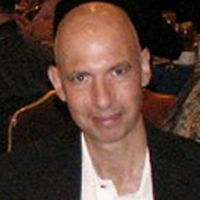 15. Daniel Ginsburg (1956-2009)
15. Daniel Ginsburg (1956-2009)
Dan was SABR’s youngest member when he joined at age 15. His expertise was in 19th-century baseball and baseball’s gambling scandals, which culminated in the publication of his 1995 book The Fix is In. He served as a SABR director from 2002-04 and helped to establish SABR’s Donor Program. He began his baseball research at a young age and his work was mentioned by Lee Allen in his “Cooperstown Corner” column in The Sporting News. Throughout his life, he collected autographs of Hall of Famers and other stars. In the late 1990s, he donated that collection to the Elliot Museum in Stuart, Florida. Dan was a graduate of Northwestern University and made his professional mark in advertising and marketing, retiring as president of Draft Worldwide in the late 1990s. He became a part-owner of the Class AA Norwich Navigators and the majority owner of Champagne de Meric, the only American-owned winery in Champagne.
- Read more: “The Louisville Scandal”, by Daniel E. Ginsburg (“A Celebration of Louisville Baseball”, SABR 27 convention publication)
- BioProject: Read Daniel Ginsburg’s SABR biographies of Ty Cobb, Chick Gandil, and more
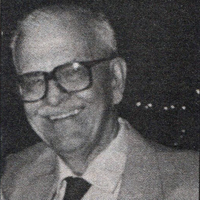 16. Pat McDonough (1906-1996)
16. Pat McDonough (1906-1996)
Active for more than 70 years as a newspaper writer and editor, Pat’s specialty was research on relief pitchers. He retired from the Sports Reporter weekly forecast publication after serving as publisher and editor from 1967 to 1995. Previously, he covered the New York Yankees and Brooklyn Dodgers for four decades with the New York World-Telegram and was a lifetime member of the Baseball Writers Association of America. He also wrote many baseball articles for The Sporting News in the 1960s. He wrote the “Just Observing” column for the Kearny Observer in New Jersey and was an official scorer and statistician for the NFL’s New York Jets for 21 years.
- Read more: Pat McDonough was a recipient of the SABR Salute in 1988
- Read more: Click here to read a 1980 profile of Pat McDonough’s career from the Belleville (New Jersey) News
- Read more: “The Babe Was A Bowler”, by Pat McDonough (date unknown)
Why are they numbered that way?
Bob Davids, SABR’s founder, was listed as No. 1 in the first membership directory, one of SABR’s most basic and vital tools, and the rest of the founders followed in the order in which they added their names to the sign-in sheet. The directory was mailed out in October 1971, a four-page mimeographed list containing 52 names. The second edition included 105 members, 20 subject categories showing members’ interests and a map showing the geographical location of the membership, all but 20 of whom were clustered east of the Mississippi River. Until SABR’s membership exploded in the 1980s, the directory was prepared and edited manually by Bob McConnell and contained a numerical order of when each member had joined. Click here to see a list of SABR’s first 100 members.
By 1980, the Directory contained 1,200 members and McConnell’s plans for computerization fell through at the last minute before the convention was held that summer in Los Angeles. The SABR membership directory was digitized for the first time in 1986, thanks to the efforts of Marge Daniels, Gary Skoog and Gillian Tingley. Today, SABR members can access the membership directory online by clicking here.


